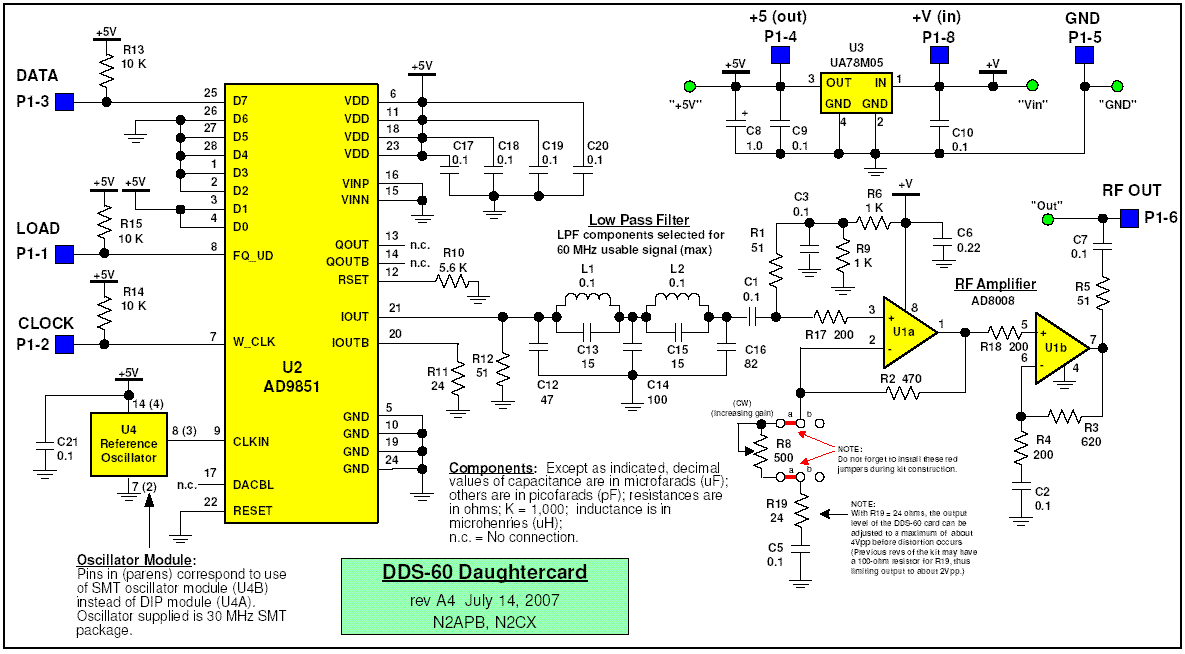@NickZ 

Fun experiments.
It brings up something important, to explore, work through and thoroughly enjoy ourselves. It's easy to get disheartened when we see things happen that have well known nothing new answers. Is that this ? I dunno.
The chap in the video showed how test equipment can be a bugbear, rather than another animal, or bird.
We'll feather this all out and let's hope they are not peacock tail feathers !
Capacitive coupling is my hope. A non draining, non energy absorbing inductive disaster. If this all works because of a similar effect as a strand on a Bedini motor, then it may be that energy is being used that would normally radiate away into the air.
If you place a gauss meter near to anything electrical and particularly the power supply/transformer, the needle will spike right up (we have a Dr. Gauss and a K2 for paranormal forays).
That is radiated and wasted energy.
Does something like the Pigeon Loft simply use that otherwise wasted energy ?
What of the PSEC...I know full well that resonance and years of experienece beat any negative thoughts, even though we know about these multi-Ground potential differences.
Very cool vid that you posted minoly
One last thing - check out this picture from last nights solderings and notice what that is that's lit up, near the bottom of the pic:



Fun experiments.
It brings up something important, to explore, work through and thoroughly enjoy ourselves. It's easy to get disheartened when we see things happen that have well known nothing new answers. Is that this ? I dunno.
The chap in the video showed how test equipment can be a bugbear, rather than another animal, or bird.
We'll feather this all out and let's hope they are not peacock tail feathers !
Capacitive coupling is my hope. A non draining, non energy absorbing inductive disaster. If this all works because of a similar effect as a strand on a Bedini motor, then it may be that energy is being used that would normally radiate away into the air.
If you place a gauss meter near to anything electrical and particularly the power supply/transformer, the needle will spike right up (we have a Dr. Gauss and a K2 for paranormal forays).
That is radiated and wasted energy.
Does something like the Pigeon Loft simply use that otherwise wasted energy ?
What of the PSEC...I know full well that resonance and years of experienece beat any negative thoughts, even though we know about these multi-Ground potential differences.
Very cool vid that you posted minoly

One last thing - check out this picture from last nights solderings and notice what that is that's lit up, near the bottom of the pic:











Comment